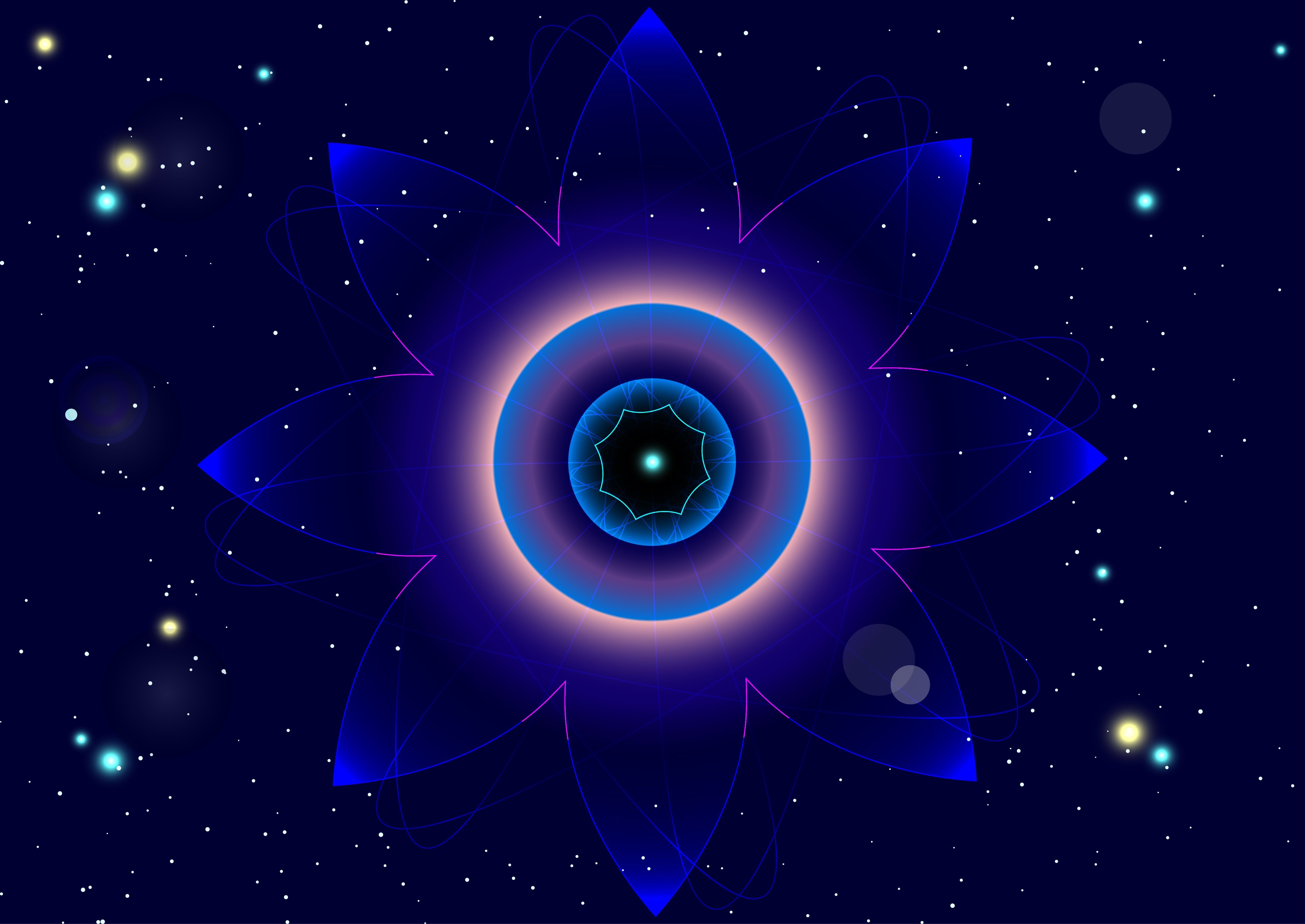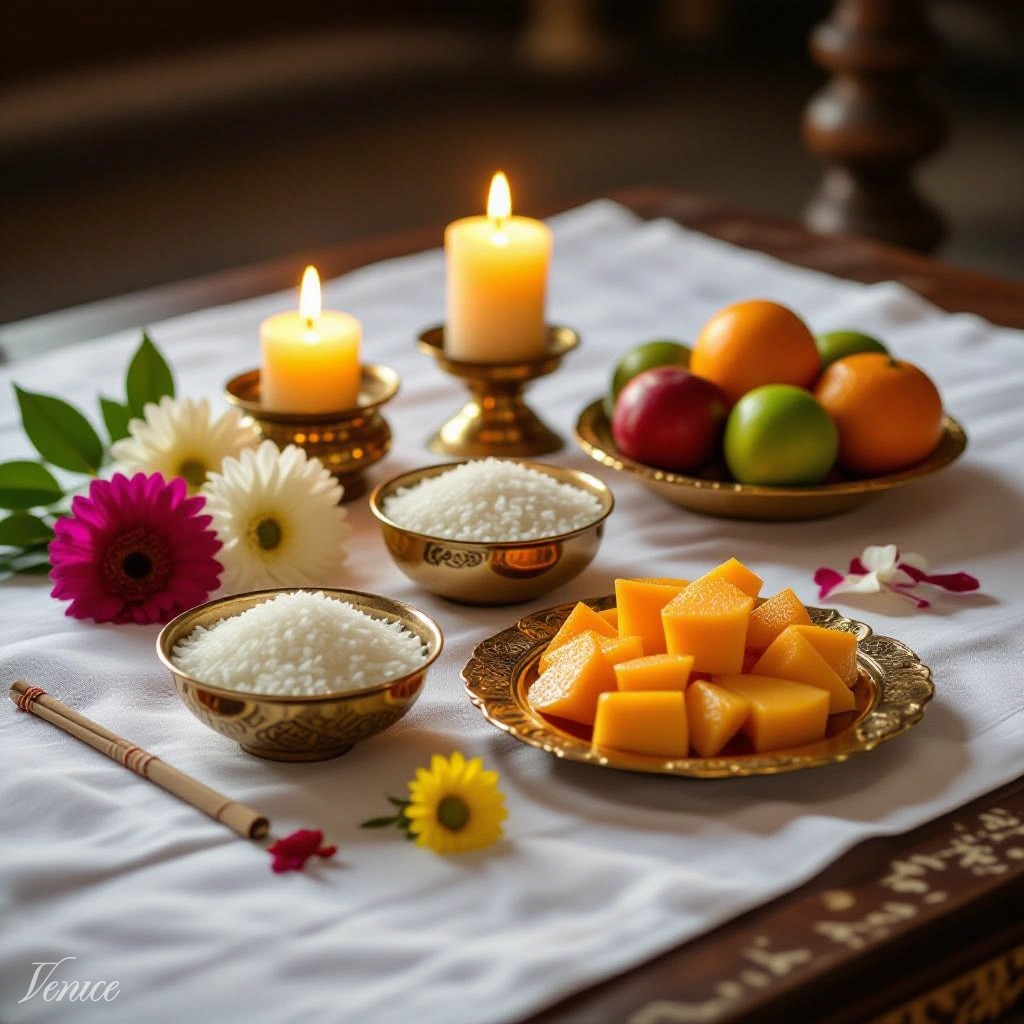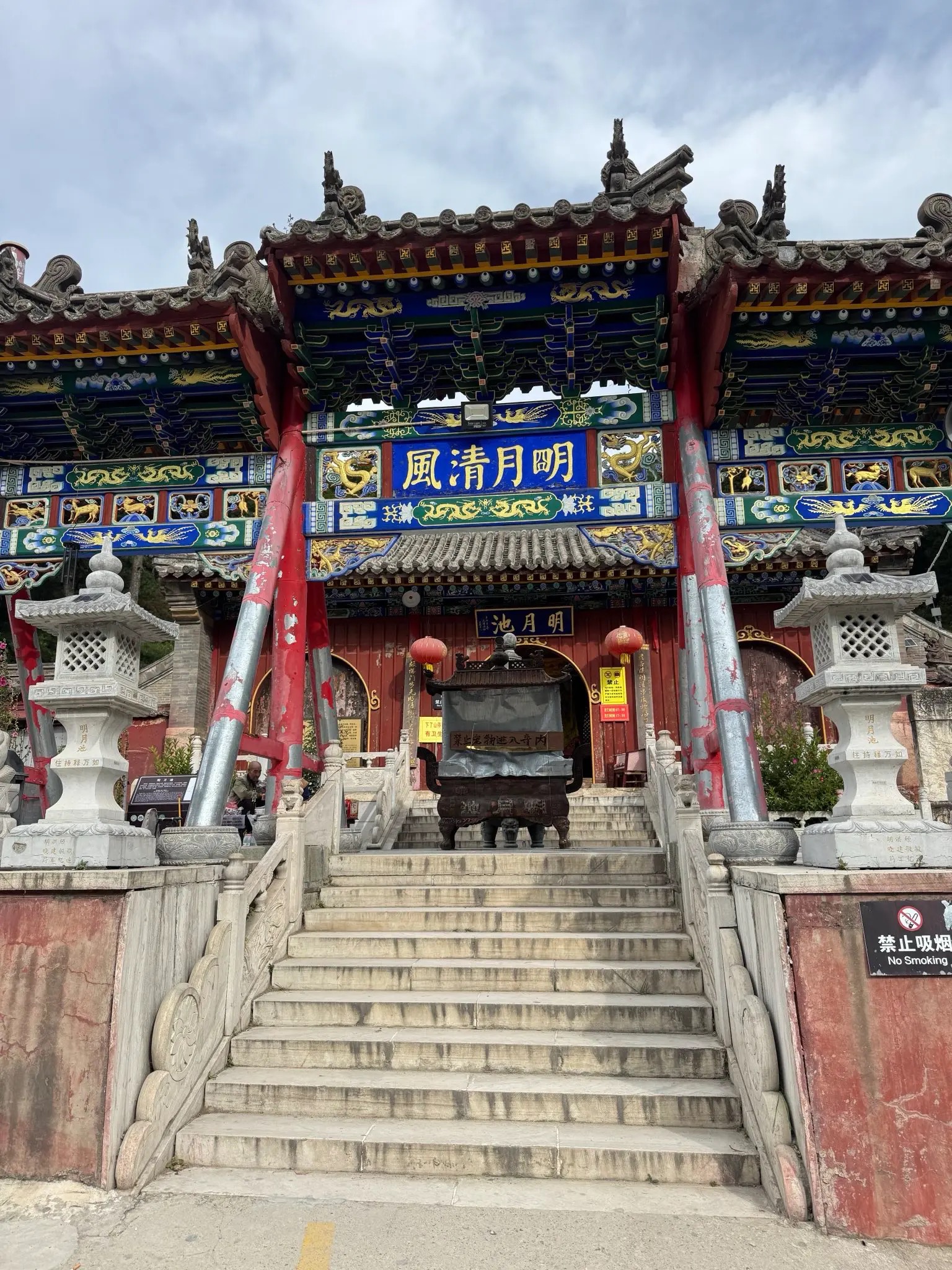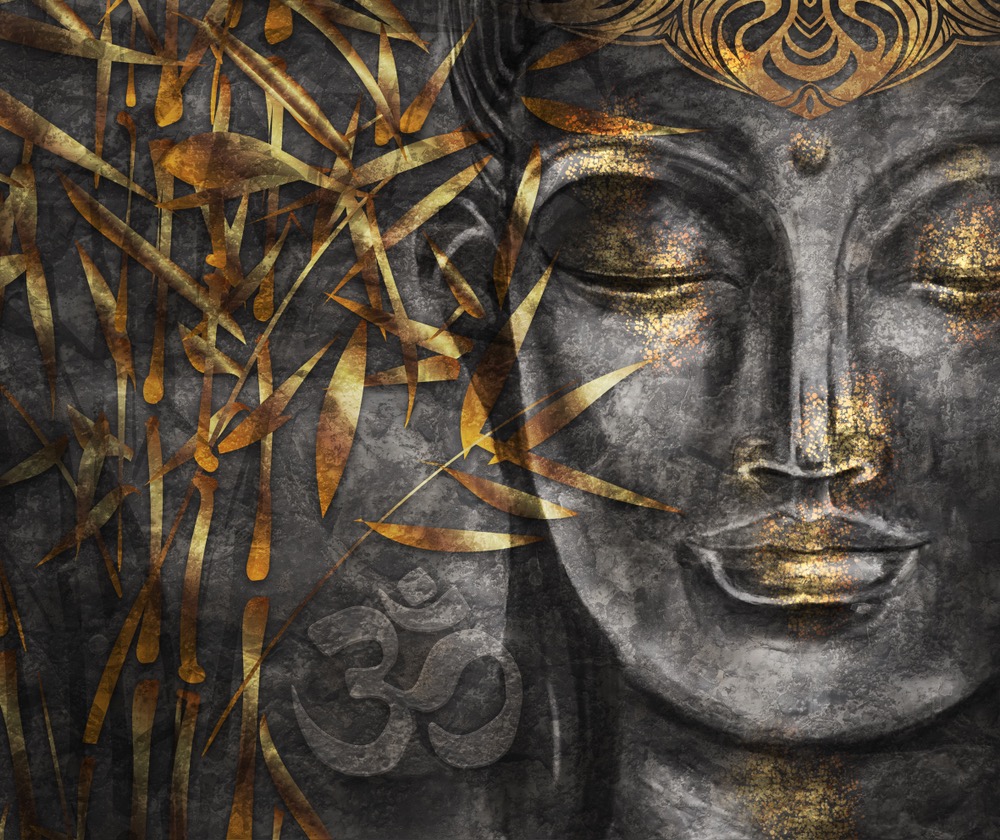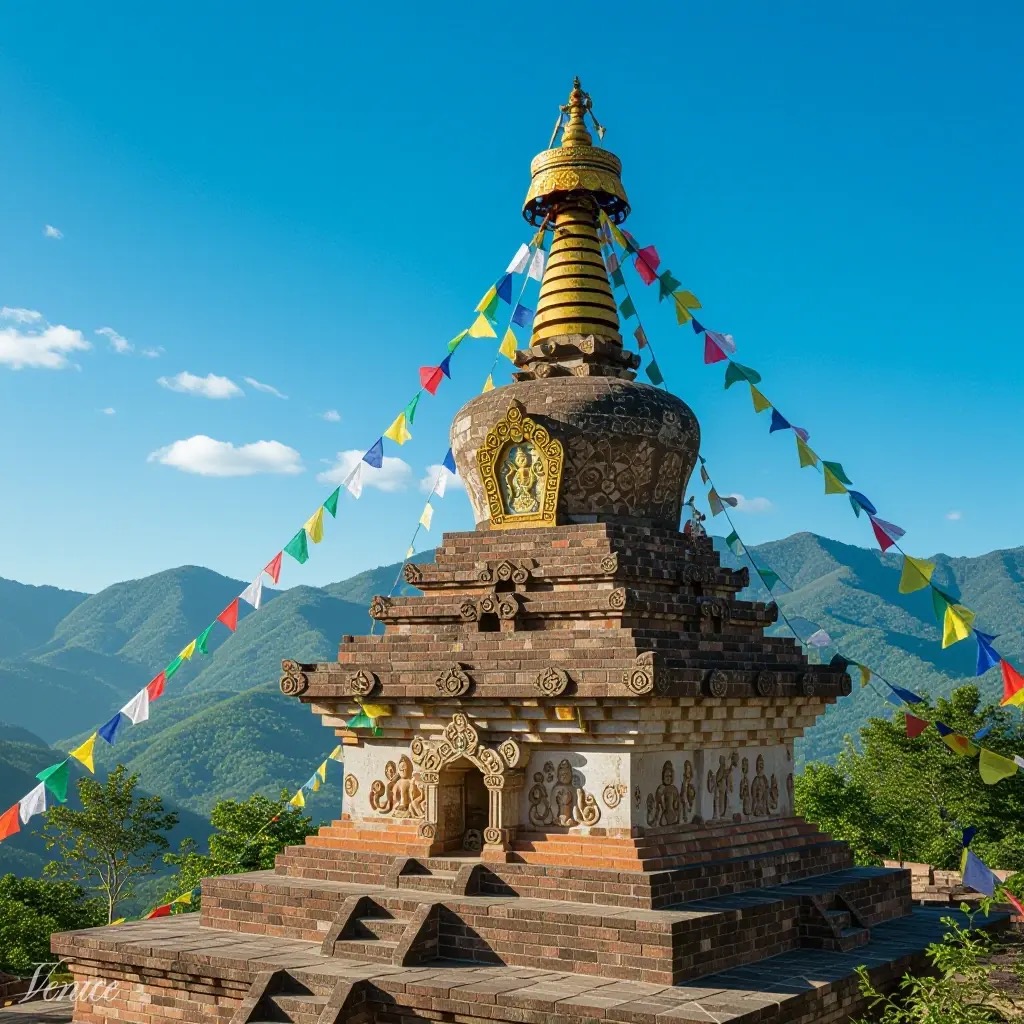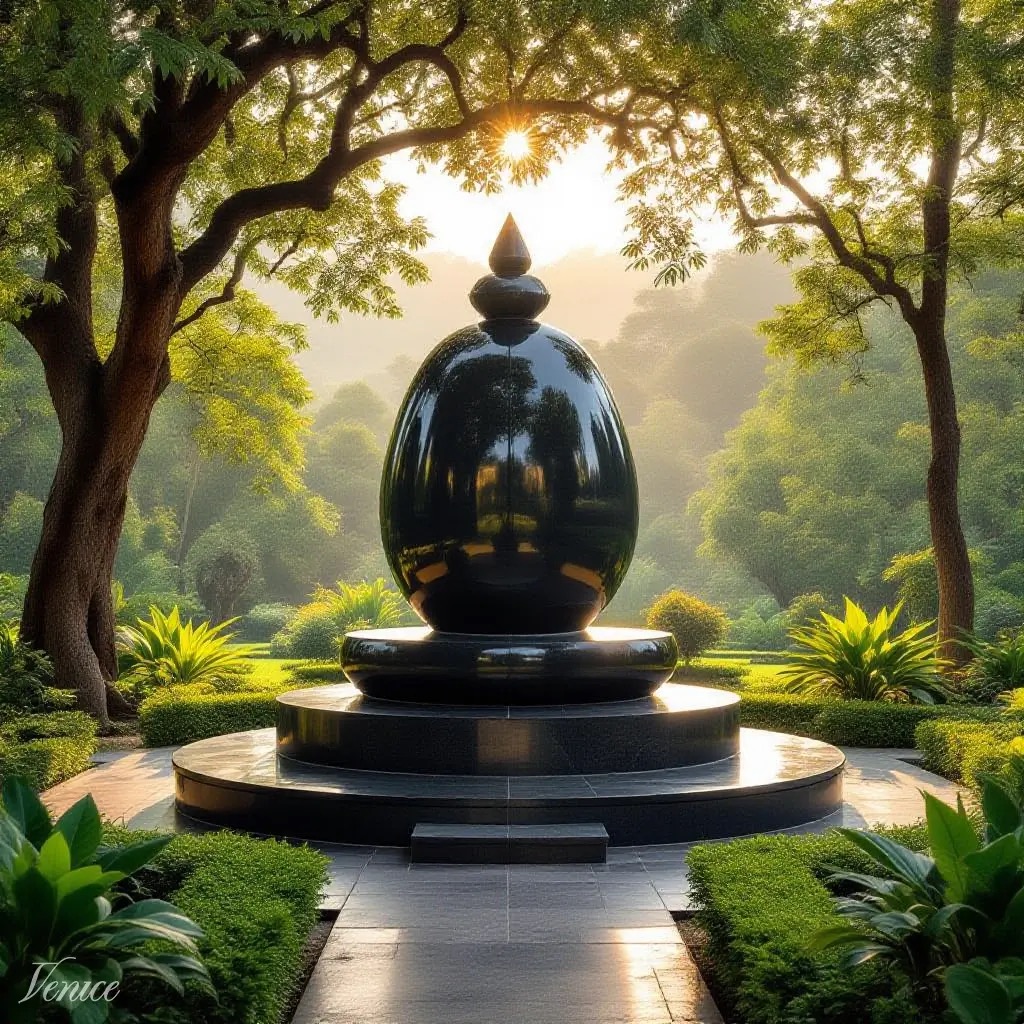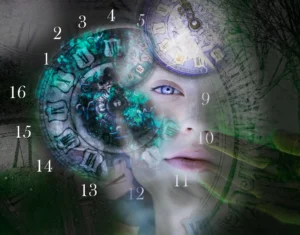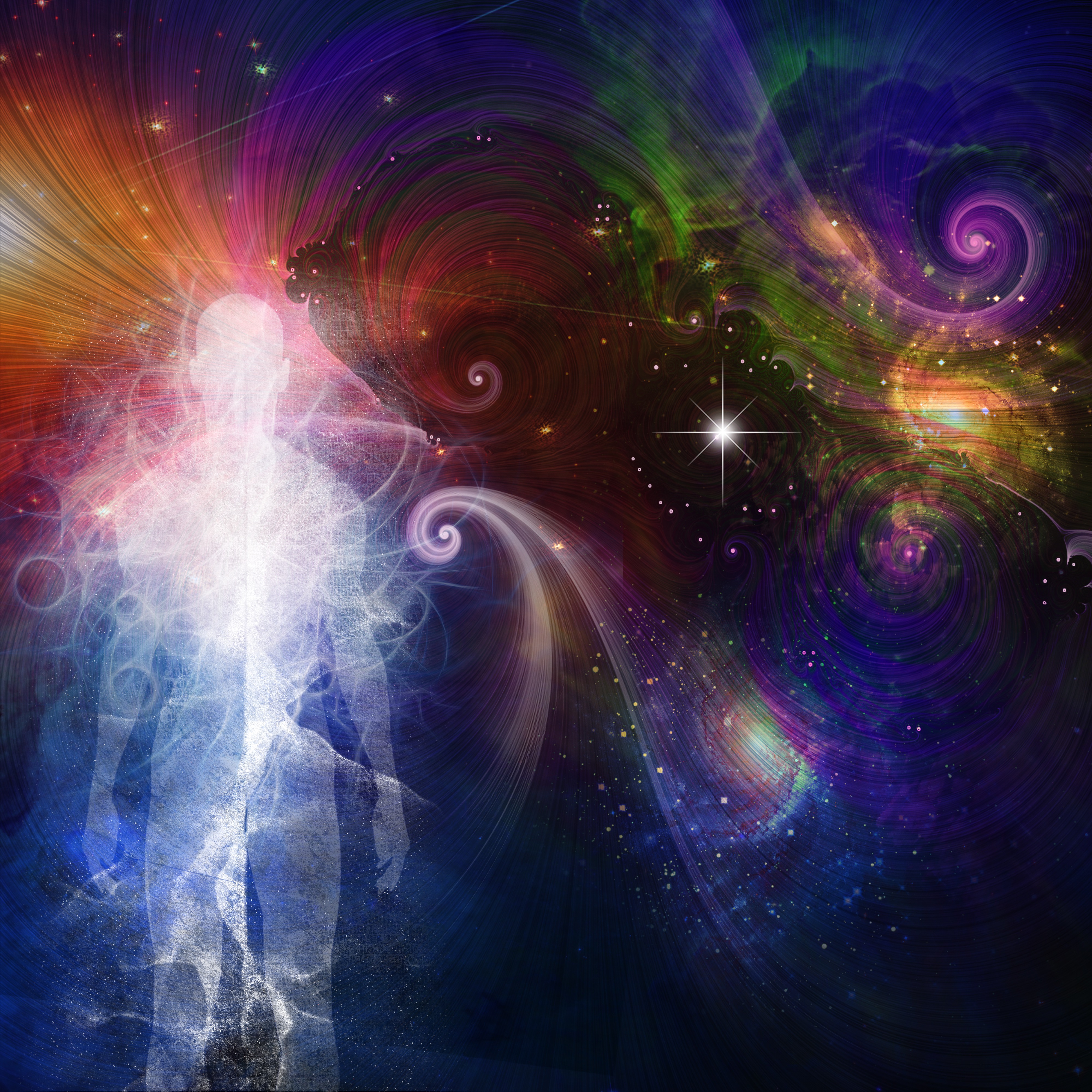
YOU DID WHAT YOU HAD TO DO – WHAT YOUR BROKEN SELF DROVE YOU TO DO
And even so, you are forgiven as you leave this old self behind.
Maybe you lied. Maybe you hid. Maybe you did something harsh or dark, for a moment or longer.
Maybe you played a role so long you forgot your real name.
Maybe you betrayed someone you loved just to feel safe again – or maybe it was yourself you betrayed.
Maybe you folded your wings, silenced your truth, or slept with someone just to feel wanted.
Maybe you took more than your share or absconded with what was not given.
Maybe you were evil for a day, an hour, a moment.
Maybe you froze, shut down, became what the moment demanded – not what your soul needed.
Maybe you lived from a twisted persona in ways that were simply terrible.
But you must move on, my friend.
This is not about shame and being a hostage to your past.
This is your survival. And you grow from here – forever more.
Before the sacred, before the Sutras, before you remembered how to pray – there was just the body keeping score, the nervous system holding the line, the ancestral ghosts whispering, “Just get through this.”
Let me say this straight and clean: You are not your survival strategy. You are not your trauma’s reaction. You are not your worst moment.
You are the one who endured it all. You are the one who chose to keep going. You are the one reading this now.
You Weren’t Broken, You Were Brilliant
Let’s be real.
Survival mode isn’t a personality disorder. It’s a divine instinct. It’s what kicks in when the child is abandoned, when the adult is betrayed, when the world doesn’t feel safe and God feels silent. You did what your system believed was necessary to live. Not to thrive, just to not die – physically, emotionally, spiritually.
So no, you didn’t make “the best choice.” You made the only one your body could.
And that makes you not sinful – but sacred.
Tao Te Ching, Chapter 5 says:
“Heaven and Earth are impartial. They treat all things as straw dogs.”
This doesn’t mean the Divine doesn’t care. It means the Divine lets you become, not just behave. The Tao doesn’t punish – it transforms.
You are in process. And everything you did while surviving was part of your becoming.
The Hidden Signs of Survival Mode No One Talks About
- Hyper-competence that hides chronic panic
- People-pleasing as self-erasure
- Rage as sacred boundary
- Numbness as spiritual anesthesia
- Sex for validation instead of union
- Control as a substitute for love
- Disappearing acts dressed as independence
You were surviving. Maybe no one saw it. Maybe they told you, “You’re so strong,” while you were dissociating on autopilot. Maybe they shamed you for the mask you wore without asking why you needed it.
You get to forgive yourself for the mask. You get to forgive yourself for the silence. You get to forgive yourself for surviving.
Stop Punishing Yourself for What You Couldn’t Have Known
You didn’t. You couldn’t. And it wasn’t your karma to learn any other way.
Meanwhile, dear friend, the version of you that thinks you should have was born after the trauma passed – and after you were aware of it all – of who you were and all that was thrust upon you.
Don’t hold your former self hostage for a wisdom they hadn’t yet earned. That’s not fair. That’s not loving. And damn it, you couldn’t break free of it until recently – otherwise you would have.
Amma once said in so many words:
“Real love sees through the dirt. It doesn’t mean there is no dirt. It just means you are not only the dirt. Get to the roots of your pain, and release that. That’s your freedom.”
You get to see yourself the way love would – with no demand, no performance, no shame.
What Spiritual Ancient Teachings Really Say About Being Human
The Bhagavad Gita doesn’t teach sin. It teaches dharma – sacred duty – and how hard it is to find.
“Better to fail in your own dharma than succeed in the dharma of another.”
– Bhagavad Gita 3:35
The Gita shows us that confusion is part of the journey. Even Arjuna – the great warrior – falls to his knees in doubt. Krishna doesn’t scold him. He lifts him.
And you, dear one, are being lifted. Not judged. Not weighed. Not erased.
Every lie you told, every body you used or let use you, every silence you swallowed – it all has a place on your altar if you let it be compost.
Your shame is old fruit. Your truth is the soil.
The Value of Forgiveness (Even If You Don’t “Feel” Ready)
- It releases trapped energy from your cells and fascia
- It rewires your nervous system from panic to presence
- It restores dignity to parts of you left in the dark
- It breaks the ancestral loop of inherited guilt and performance
- It opens the heart to receive love without condition or debt
Forgiveness isn’t condoning. Forgiveness isn’t forgetting. Forgiveness is remembering who you are without dragging your old self behind you in chains.
You are not here to suffer beautifully. You are here to heal loudly.
If You Need Words, Here Are Some:
Say them in the mirror. Whisper them in bed. Cry them if you must. But say them:
“I forgive the version of me that didn’t know how to say no.
I forgive the version of me that said yes to things that hurt.
I forgive the part of me that had to shut down to survive.
I forgive the warrior. I forgive the coward. I forgive the ghost.”
Say it again. Until the knot in your chest loosens. Until the sweat on your soul cools.
You don’t need a ceremony. You are the ceremony.

What You Gain When You Forgive Yourself
- More access to your energy – no more leaks into regret
- Clearer intuition
- Gentler relationships
- Softer self-talk
- Real courage, not compensatory performance
- Peace in your gut. Finally.
You may still flinch sometimes. You may still remember the moment that broke you. But you’ll remember it from the other shore. From where the sun touches your skin again. From where your voice has come home.
You Didn’t Fail – You Adapted.
And now, beloved – you get to evolve.
You didn’t come here to stay in trauma school. You came to graduate and pass the teachings forward.
You are not late. You are not lost.
You are the Lotus – mud-born, light-called. And your past is part of the bloom.
Come home to yourself.
Forgive. Integrate. Live.
Let this be the day you stop apologizing for surviving. Let this be the moment you start thriving as you truly are.
The Myth of “Knowing Better”
Let’s be blunt:
“I should have known better” is one of trauma’s dirtiest lies.
You knew what you could know in the moment.
You knew what you were allowed to know.
You knew what your system could withstand.
And sometimes? Knowing would have broken you.
So your soul did the kindest thing it could.
It went dark. It shut the blinds.
It put on autopilot and said, “I got this.”
Because it did – even if it left some bruises behind.
Stop demanding omniscience from a younger, hurting you.
You weren’t a saint. You were a soldier.
And soldiers don’t draft themselves.
Spiritual Gaslighting and the Healing Industrial Complex
Let’s talk about it.
This bullshit idea that you have to “love and light” your way out of generational pain?
That’s not enlightenment. That’s emotional avoidance dressed in a shawl.
Forgiveness isn’t forcing peace. It’s reclaiming your presence.
It’s not smiling through a trigger. It’s saying, “That happened. I see it. And I love who I became despite it.”
The modern healing world is full of bypassers.
People who skipped the pain and want to sell you their shortcut.
You’re not them.
You’re doing the work.
You’re not high-vibing away your grief – you’re composting it into wisdom.
That’s not weakness.
That’s holy.
What If You Were Medicine All Along?
You didn’t just survive, my love.
You carried medicine through the fire.
That voice that helped someone else cry? Medicine.
That apology you gave, even if you weren’t the only one at fault? Medicine.
That scar you turned into art? Medicine.
You didn’t crawl out of hell empty-handed.
You brought something back.
And maybe the reason you went through all that shit wasn’t karma, punishment, or lesson –
maybe it was alchemical delivery.
The gods said, “Let’s plant this healer in the trenches.”
And they did. And it was you.
Now you’re blooming, covered in ash.
That’s the real miracle.
Ritual: Burn the Survival, Keep the Self
Try this. Not a ritual to be cute – a soul act to mark your turning point.
Write a letter to the version of you that did the surviving.
The liar, the pleaser, the shut-downer, the manipulator, the ghost.
Write them as a friend. A warrior. A hero.
Thank them for saving your life.
Then burn the damn thing.
Let the smoke say, “You may go now. I’ve got it from here.”
Watch what rises in the silence after.
That’s your true self – the one who doesn’t need armor anymore.
The one you came here to remember.









